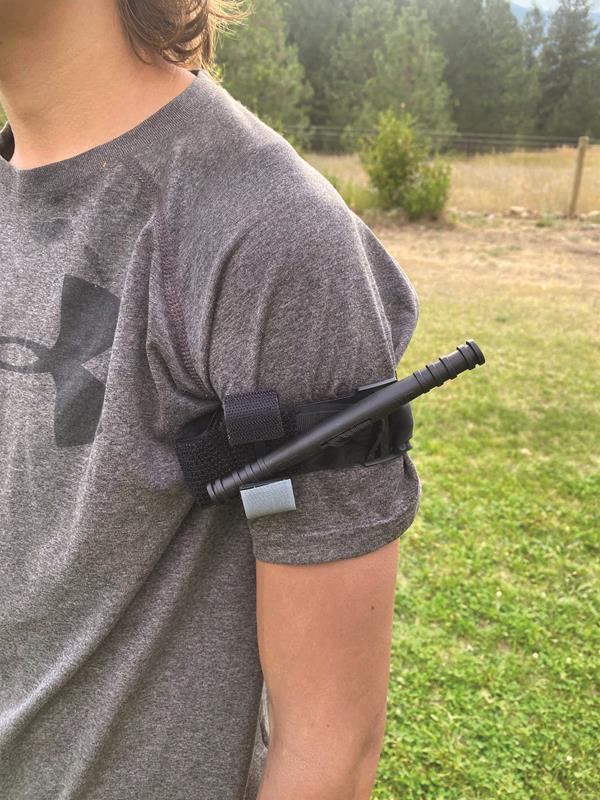
There are plenty of resources out there that will give you information on building your own first-aid kit for your hunting pack. Each person typically carries different items in their kits. Some will have a lot of first-aid supplies while others carry the very basics to keep their kit as lightweight as possible. I fall into the second category and carry the basics that I feel can make the difference between life and death. The one thing I do not go into the field without is a tourniquet.
In 1997, I took a basic first-aid class and the instructor told us a tourniquet was a last resort and you should try all other options before applying one. Honestly, that was the same thought in the medical world at that point. Then came September 11th and the war that followed. In that time, our soldiers received a ton of injuries and the tourniquet saved countless service members’ lives. With all the success the military medics had with tourniquets, the medical world took notice and changed their outlook on their use. Nowadays, you can find almost all police officers and military members carrying tourniquets as part of their personal proactive equipment.
We have all heard a story about a hunter who was field dressing an animal and slipped and buried a knife into their arm or leg. Most of us feel that this is something that could never happen to us, but it can and we need to be prepared. We are all hunters and know how fast an animal can bleed out with an arterial shot. The same can be said about us if we were to accidently put a knife into an artery. Tourniquets are cheap insurance, and a good lightweight tourniquet can be purchased for $25. I carry one at all times when hunting, and I actually carry two when I am hunting in grizzly or brown bear country.
When I started hunting, I would put my first-aid kit in the bottom of my pack and forget about it. This was a huge mistake as when I finally needed it, it was a pain to get to as I had to empty out my entire pack. Now I always keep a tourniquet in my bino harness, and my first-aid kit is in the top of my pack in an easily accessible location. I also carry one tourniquet in each of my vehicles as you never know what you could come across while traveling.
If you find yourself in a situation where you or one of your hunting buddies is bleeding out from either their arms or legs, you need to act fast. First, you need to apply direct pressure to the wound or try to slow the blood flow by applying pressure to either the upper arm or upper leg that is bleeding. Your goal is to put the tourniquet above the wound, and you want to tighten it until the blood flow stops. Also, make a note of the time the tourniquet is applied as that is something the medical responders are going to want to know.
Once the blood flow has stopped, check the person for any other wounds while you are calling for help. If in cell service, call 911. If you are out of service, hopefully you have an inReach or Spot device that you can activate the emergency beacon on.
A great resource to learn more about using tourniquets is stopthebleed.org. They have some great videos showing the proper placement of tourniquets along with a lot of other informational resources. You can also buy tourniquets from their site. I recommend each hunter carry a tourniquet while hunting and make sure your hunting buddies know how to apply one. I really like the C-A-T tourniquets as you can actually put one on yourself with just one hand. Hopefully you never need to use a tourniquet, but it really could be the difference between life and death in the field.
TIPS FOR APPLYING A TOURNIQUET